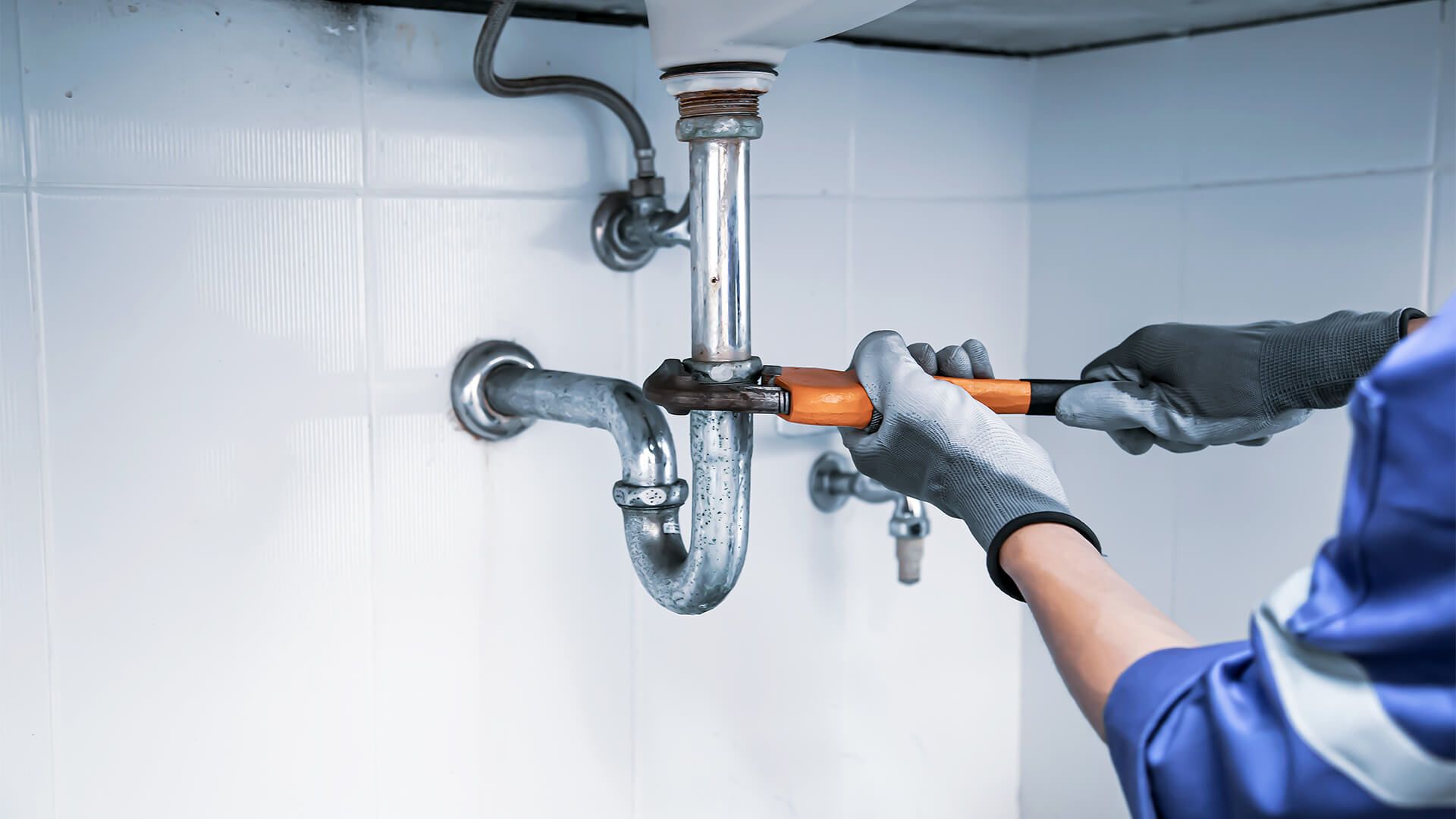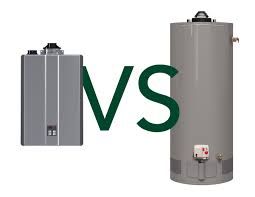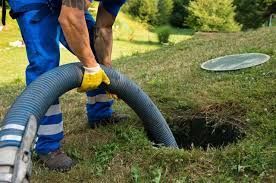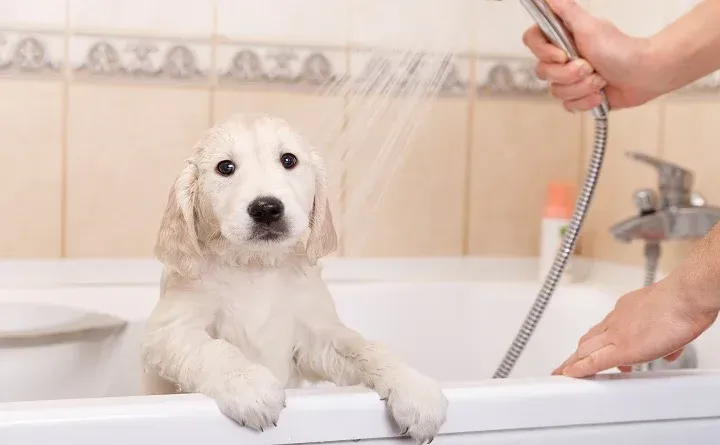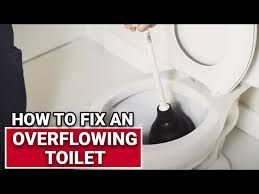What to Do If Your Garbage Disposal Stops Working
A non-functional garbage disposal can quickly turn your kitchen into a frustrating mess. Whether it’s leftover scraps or an unexpected clog, these appliances play a pivotal role in keeping your sink clear and functional. When your disposal stops working, it’s essential to take a systematic approach to diagnose and fix the issue. Here's an in-depth guide to help you troubleshoot like a pro—or decide when it’s time to call in the experts.
"When to Repair vs. Replace Your Garbage Disposal"
Power Off the Disposal
Before you dive into any troubleshooting, ensure the garbage disposal is completely powered off. Disconnect it from its power source or turn off the breaker connected to it. This step isn’t just precautionary—it’s crucial for avoiding accidents. Many people underestimate the risks associated with working on a live appliance, so don’t skip this step!
Reset the Garbage Disposal
Sometimes, your garbage disposal simply needs a reset to get back on track. Locate the reset button, typically found at the bottom of the unit. Press it firmly—if the disposal has overheated or tripped its internal breaker, this should fix the issue. Give the unit a moment to cool down before testing it again.
Check for Power Issues
If resetting didn’t work, the next step is ensuring the disposal is receiving power. Plug a small appliance into the same outlet to confirm it’s functioning. If there’s no power, the problem might be with the outlet or the wiring.
Check the Breaker
A tripped circuit breaker can also leave your garbage disposal non-functional. Head to your home’s breaker panel and check if the breaker connected to the disposal has tripped. If it has, flip it back on. Keep in mind that frequent breaker trips might indicate a deeper electrical issue that requires a professional’s touch.
Inspect the Reset Button
The reset button isn’t just a one-time fix. If the disposal continues to stop unexpectedly, it might be a sign of recurring overloads. Make sure the button isn’t loose or damaged. If it doesn’t stay engaged, the internal motor may need inspection.
Check for Obstructions
One of the most common issues with garbage disposals is physical obstructions. Use a flashlight to inspect the disposal chamber for trapped items, such as utensils or large food particles. Never stick your hand into the disposal—use tongs or a wooden dowel to safely remove any visible blockages.
Restore Power and Test the Unit
Once you’ve ruled out blockages and addressed any power issues, restore the disposal’s power. Turn on the water and briefly run the unit to see if it operates normally. Listen for unusual noises or grinding sounds that might indicate hidden problems.
"Top Signs Your Garbage Disposal Needs Repair"
Rotate the Flywheel and Impellers
If the disposal is still jammed, try manually rotating the flywheel to free it. Most units come with an Allen wrench for this purpose, which fits into a socket at the base of the disposal. Gently turn the wrench clockwise and counterclockwise to loosen any stuck components. Avoid using excessive force, as this can damage the internal parts.
Test the Disposal
After making all the necessary adjustments, it’s time to test the disposal. Restore power, turn on the water, and activate the unit. If it’s working smoothly, you’ve successfully fixed the problem. If it’s still malfunctioning, more extensive repairs might be required.
Calling a Professional Over DIY
While DIY fixes can save time and money, they come with risks. Misdiagnosing the problem or using improper tools can lead to further damage—or even void your warranty. A professional plumber brings the experience and tools necessary to fix the issue without jeopardizing your appliance or safety.
Risks of DIY Repairs
Electrical Hazards: Improper handling of wiring or breakers can cause shocks.
Damage to Components: Using incorrect tools may damage sensitive parts like the motor or flywheel.
Missed Underlying Issues: Professionals can identify deeper plumbing problems linked to disposal malfunctions.
Conclusion
A garbage disposal is a workhorse in your kitchen, and when it stops working, it’s tempting to jump straight into repairs. However, knowing when to troubleshoot yourself and when to call in a professional can save you from costly mistakes. Whether it’s a reset, clearing a clog, or seeking expert help, this guide has you covered for every scenario.

